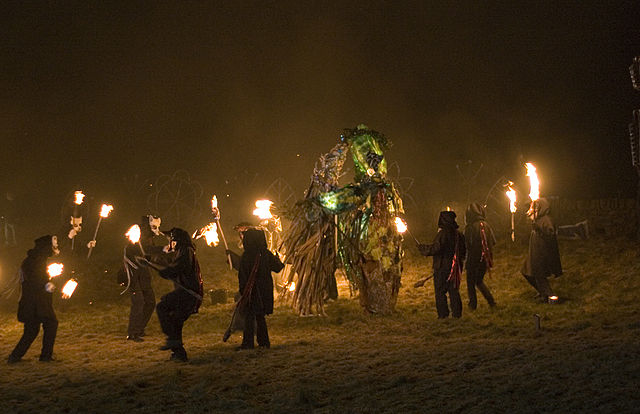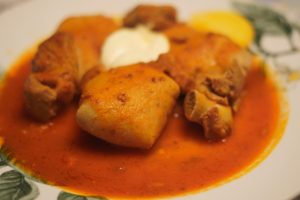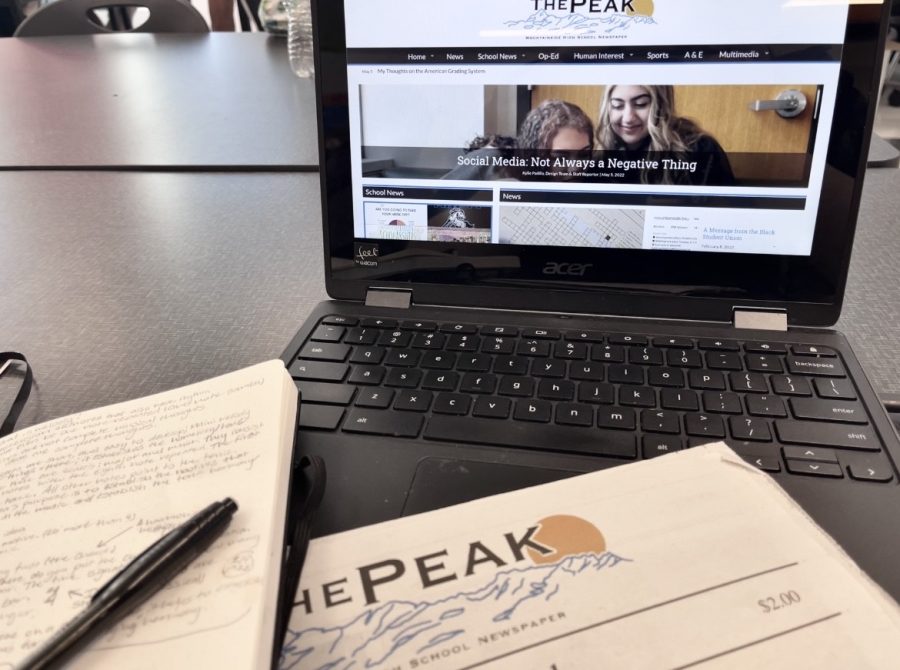What To Do During Imbolc
January 28, 2022
Christianity is known to take many themes and ideas from Pagan and Wiccan holidays, so there will be similarities and differences. I might exclude things because I don’t have enough information on a certain subject, and I don’t want to accidentally spread misinformation.
February 1st-2nd marks Imbolc, the mid-way point between the winter solstice and spring equinox, but why do we celebrate it, and how is it not as popular compared to when it was first created?
Imbolc [Im-blk] is a day made to celebrate the wildlife slowly starting it’s journey back to their ecosystems, the days get longer, and plants start growing again, like a celebration of rebirth and the first signs of life. It’s also a day to celebrate the Pagan goddess Brigid of Poetic Arts, Prophecy, and Crafts. The people who usually celebrate it are pagans and wiccans in Ireland and Scotland, but as long as the holiday isn’t part of a closed practice (Imbolc is not) and your beliefs don’t stop you from celebrating, anyone can have a fun time enjoying Imbolc and telling all your witchy friends to have a good day.
It’s been celebrated since the 10th century, and while the popularity has died down in the recent decades because of other holidays being more prominent, (like how Easter, a Christian holiday, has been talked about way more than Ostara, the predecessor on the exact same day just with less Jesus, or how Groundhogs Day has replaced Imbolc as the more popular thing to talk about in the United States,) it’s still very important to some people, and they honor it just as they would the first day it was celebrated, back in Neolithic times.
There are many things you can do during Imbolc, such as cooking and baking foods like:
Rosemary & Lavender Lemon Curd “Tassies”
Dutch Puff Pancake with Lemon Curd & Primrose Cream
Irish Colcannon Recipe with Wild Greens
Blackberry Bread Pudding with a Maple Whiskey Sauce
Lavender & Rosemary Mascarpone Cake
Lemon Tart with Chamomile Crust
(the links above are not available on the school Chromebooks, so it’s best to read these by either looking up the name/website on a different device)
If you’re not able to eat these foods and don’t have enough time to make them, there are still many things you can do such as making an Imbolc Altar to honor any gods/goddesses/deities you honor. Along with this you can do some simple prayers to welcome spring coming back, or light some candles and relax. You can also do an ¨End of winter meditation¨ to relax and think about what you’re going to do during the next season, and of course, some spring cleaning.
Some interesting things to note. Some people have also called it the Fire Festival, because of the fire of creativity, the protective hearth fire, and Goddess Brigid’s fire wheel, along with celebrating Hearth and Home. It’s also fun to note that in Old Irish, Imbolc roughly translates to ¨in the belly¨, for example grass growing and sheep giving birth.
Lastly, for all my pagan/Wiccan/witch readers, there are some things to remember for the holiday:
It’s a good time to do flower related Magick, like begin planning your garden, burn red candles, do cinnamon spell work, etc. Some Incense and Oils that are used during this time are, Angelica, Basil, Bay, Blackberry, Chamomile, Frankincense, Jasmine, Lavender, Myrrh, Rosemary (for people who are unaware, oils typically can be essential oils, or homemade oils, but it’s important to note that these are used to promote different things you want to achieve in your life, like good luck, prosperity, etc. I do NOT support the use of replacing modern medicine with oils, or spells, or anything that isn’t professionally and guaranteed to help you fix something medically.) Herbs and Flowers (if you drink tea this can also be fun) you can use more often are things like Acorns, Angelica, Basil, Heather, Myrrh, Celandine, Bay, Blackberry, Chamomile, Rosemary, Jasmine, Crocus, Lavender, and Colors that you can either wear (clothes, makeup) or decorate your home with are Pink, White, Red, Yellow, Light Blues/Greens, Brown.
With that being said, this is just an introduction to this holiday, if you wish to learn more I highly recommend you do. It’s important to learn different cultures and beliefs, because who knows maybe you’ll really enjoy celebrating it more, possibly with your friends and family.





















